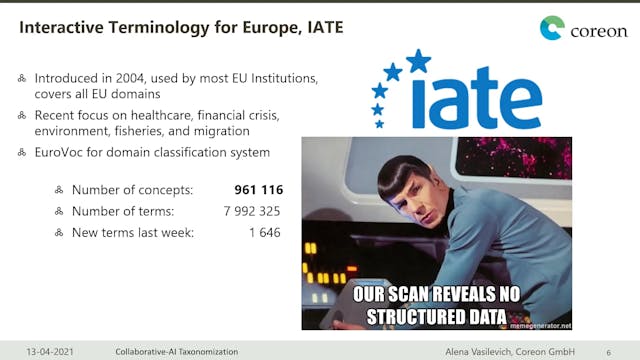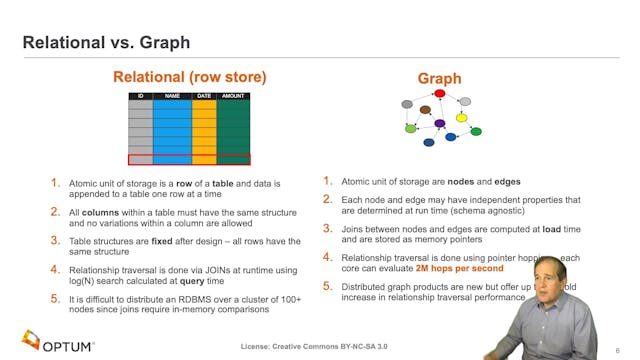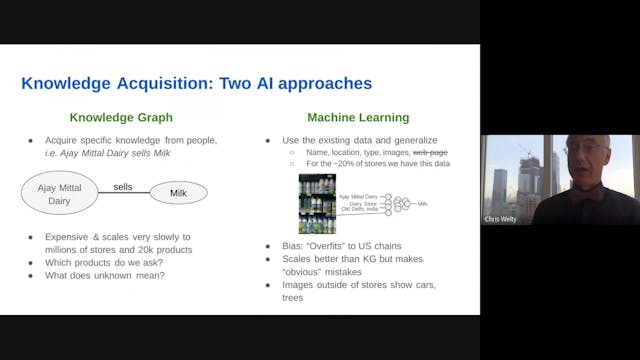Paolo Manghi | The OpenAIRE Research Graph: Science As A Public Good
KGC21 | Conference Only Pass
•
18m
The presentation will introduce the motivations, architecture, and operation of the OpenAIRE Research Graph (http://graph.openaire.eu), one of the largest (if not the largest) public, open access, collections of metadata and semantic links (~1Bi) between research-related entities: articles (124M+), datasets (14Mi+), software (200K+), and other research products (8Mi+) and entities like organizations, funders (~25), funding streams, projects (3.5Mi+), research communities (7), and data sources (14K+). The Graph delivers to researchers, funders, communities, publishers, citizens, and SMEs/enterprises an up-to-date, global map of science across countries and disciplines, which is open and transparent, to be used to boost science and innovation. Its metadata and links are either collected (“harvested”) from 14K+ data sources (e.g., institutional/data/software repositories, publishers, registries) or inferred via full-text mining an ever-increasing collection of articles, counting today 14Mi+ objects. Conceived as a public and transparent good, populated out of data sources trusted by scientists, the OpenAIRE Research Graph aims at bringing discovery, monitoring, and assessment of science back in the hands of the scientific community and society at large. The Graph can be freely accessed via the OpenAIRE EXPLORE portal (http://explore.openaire.eu) and CONNECT portals for communities (http://connect.openaire.eu), via the PROVIDE APIs (http://provide.openaire.eu), or via data dumps made available via a dedicated community in Zenodo.org (https://zenodo.org/communities/openaire-research-graph). Its APIs count today 2Bi accesses per year, via OpenAIRE portals and as third-party services requests. Scopus, ScieVal, AMC, Springer Nature, the EC Participant Portal rely today on the service, as well as researchers and other companies and scholarly services worldwide, such as institutional repositories, aggregators, etc.
Up Next in KGC21 | Conference Only Pass
-
Alena Vasilevich | Benefits Of Collab...
In the realm of data-driven businesses, structured data, being highly organized and easily understood by machines, is a valuable resource. IATE, with almost one million concepts storing multilingual terms and metadata, holds a large part of the textual knowledge of the EU. However, it can only be...
-
Dan McCreary | Graph Hardware Is Coming!
In this presentation we will show how current general-purpose CPU hardware fails to deliver high performance graph analytics. We show that by doing a detailed analysis of the actual hardware functionally needed by graph queries (pointer jumping), we can redesign hardware that is optimized for fas...
-
Chris Welty | Shopping Sense: Bringin...
Knowledge Graphs (KGs) continue to penetrate the industrial world after Google's famous "things not strings" was used to explain their acquisition of FreeBase ten years ago. While many KGs exist, they are by and large little more than "entity catalogs", missing entirely the links between those e...



